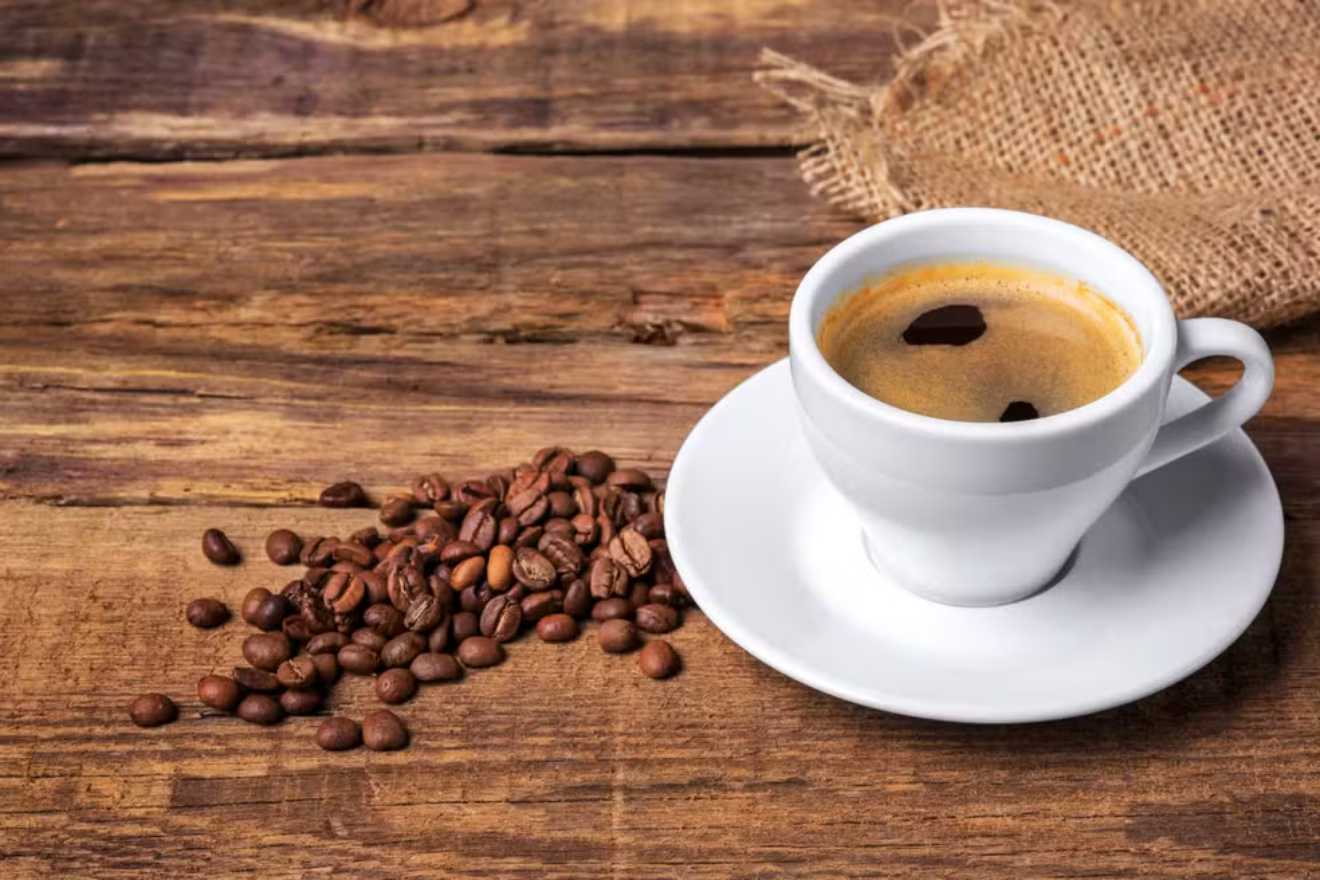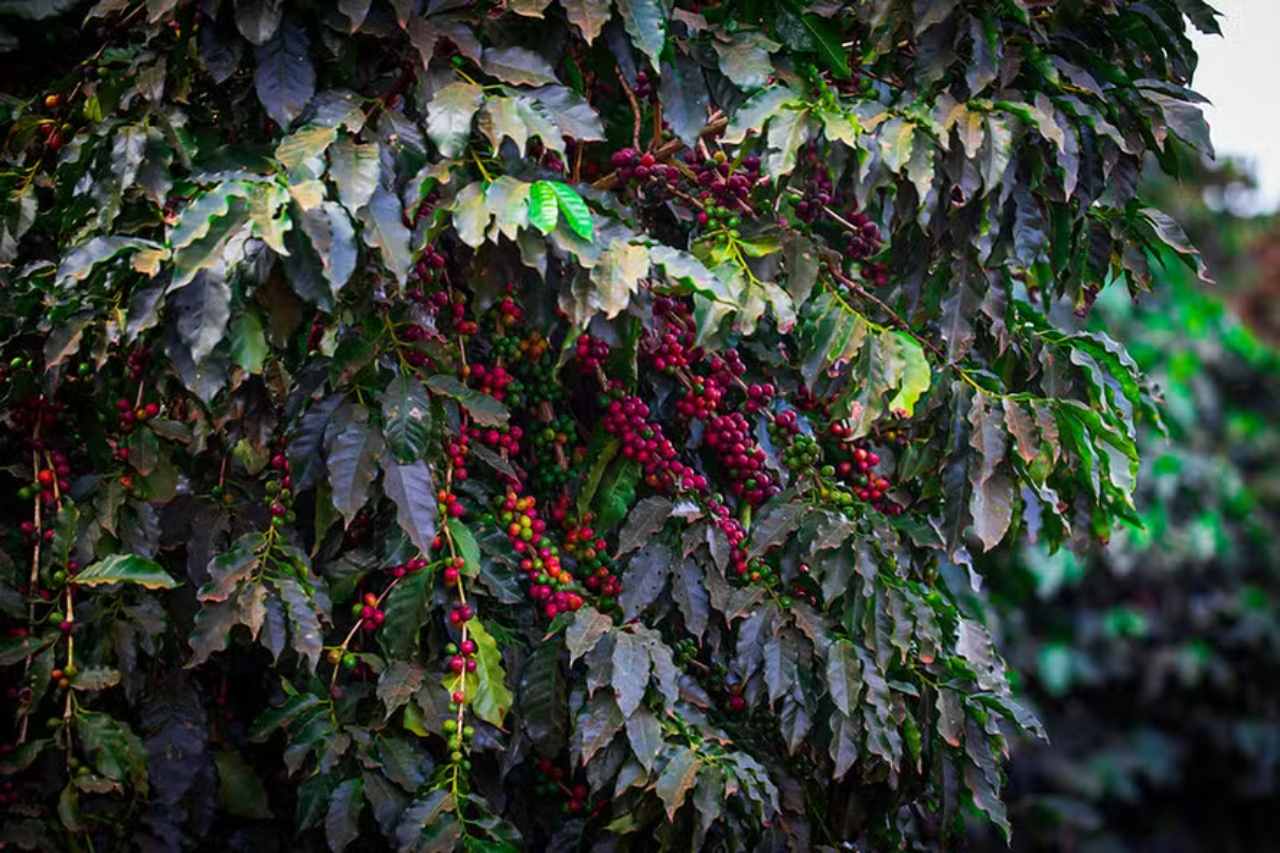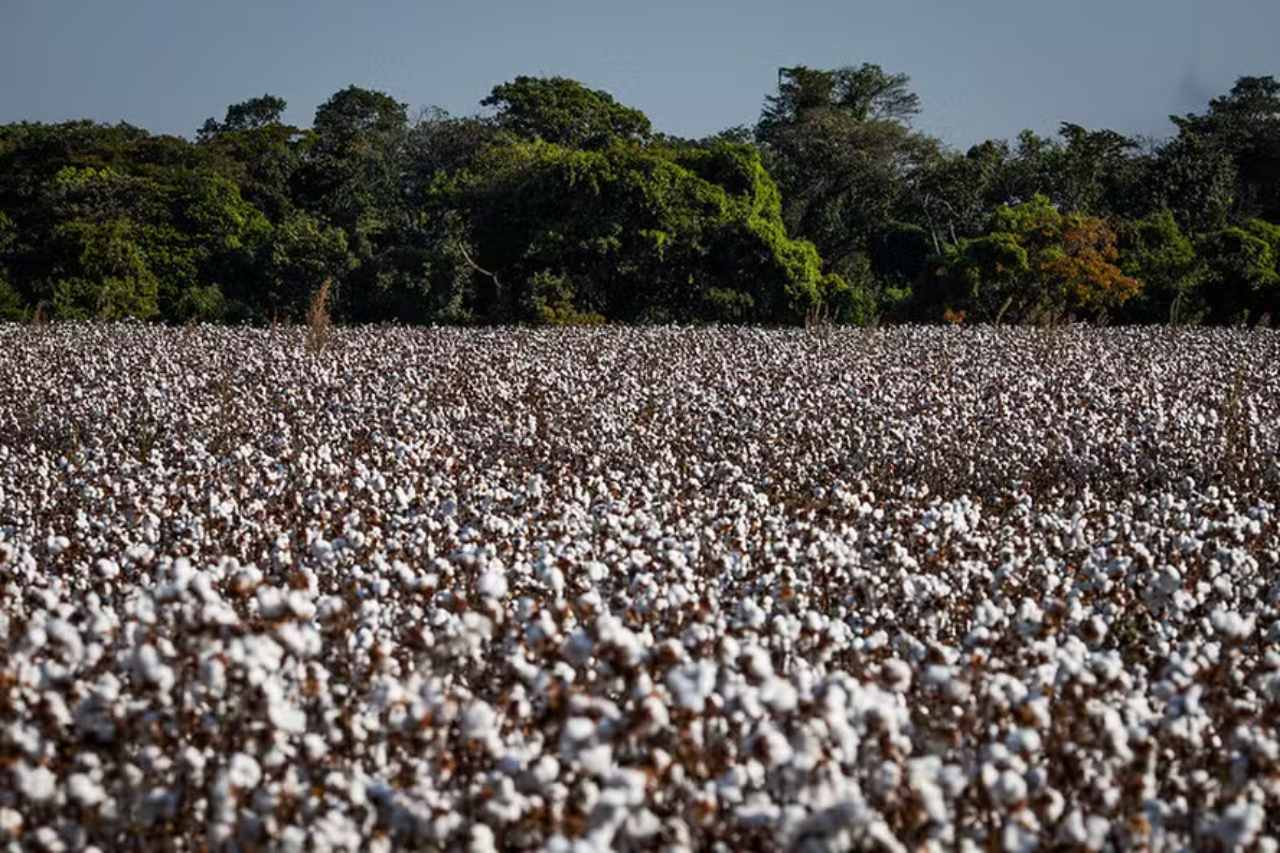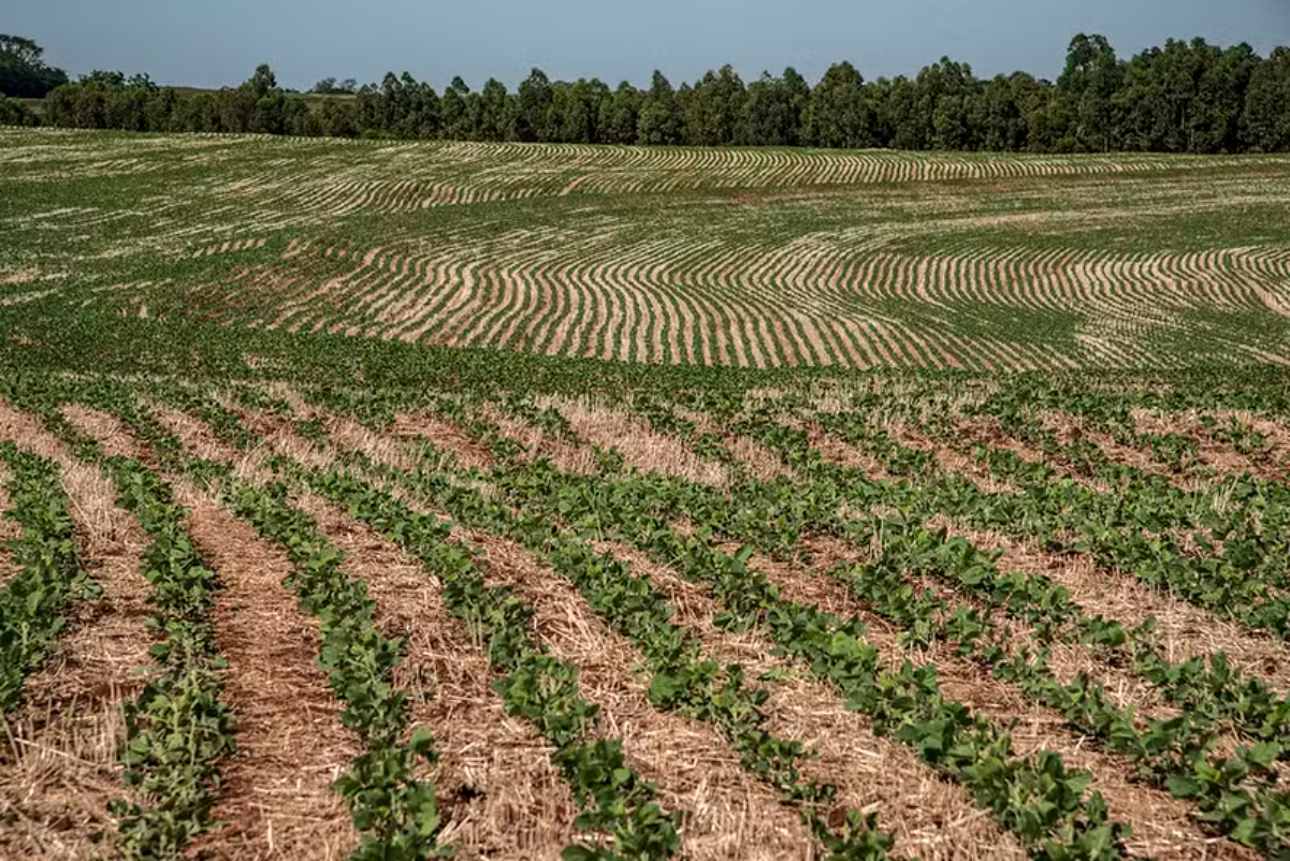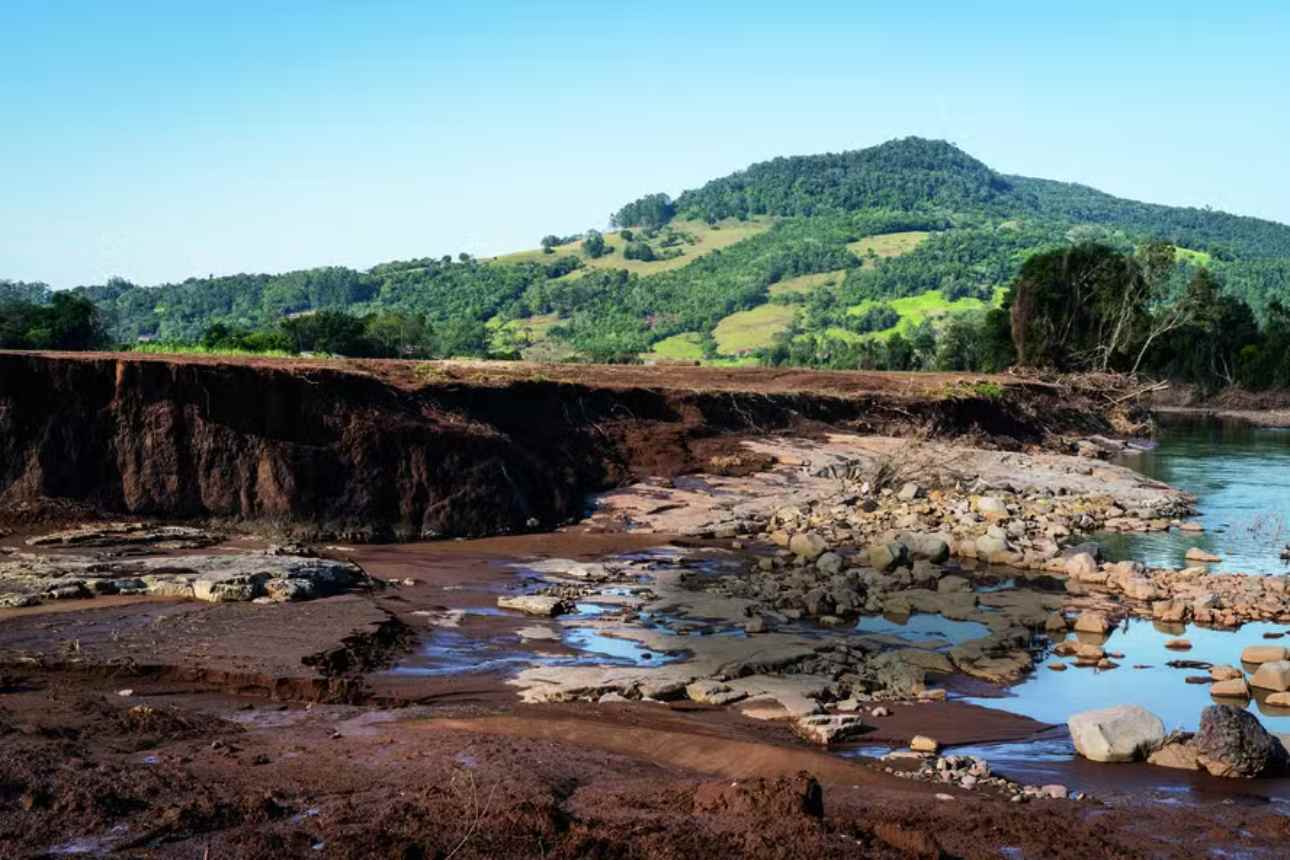Climate inflation is one of the main reasons behind the 30% increase in retail coffee prices in 2024. Extreme weather events have significantly impacted production in Brazil’s major coffee-growing regions, particularly in Minas Gerais, which accounts for more than 50% of the planted area in the country.
The Impact of Climate on Coffee Production
Minas Gerais has faced severe cycles of droughts and frosts in recent years:
- 2020: Record production year.
- 2021: Severe frosts followed by drought compromised the 2022 harvest.
- 2024: A new historic drought, the worst since 1974, threatens crops and the 2025 harvest, with an expected 30% to 35% reduction in output, according to agronomist Alexandre Pedrosa from the Procafé Foundation.
In addition to the reduced rainfall—33% below the 50-year average in southern Minas—the extreme heat dries out the flowers, which are essential for producing coffee fruits and beans.
Limited Irrigation Capabilities
Irrigation is a costly and limited solution. Only 5% of Brazil’s coffee production uses irrigation systems, leaving most farmers exposed to the weather. José Mauro Reis, a coffee farmer in Varginha, explained that the lack of rain and high temperatures cut his productivity from 35-40 bags per hectare to unprofitable levels, forcing him to invest in irrigation.
Pests and Additional Challenges
Climate imbalance also promotes pest outbreaks, such as leaf miners and cicadas, further increasing production costs and compromising bean quality.
No Immediate Relief in Prices
Even if the rain returns, coffee prices are unlikely to drop soon. The 2025 harvest is also expected to be smaller, maintaining upward pressure on prices. This reflects the phenomenon of climate inflation, where unstable weather conditions directly affect the cost of agricultural products like coffee.

